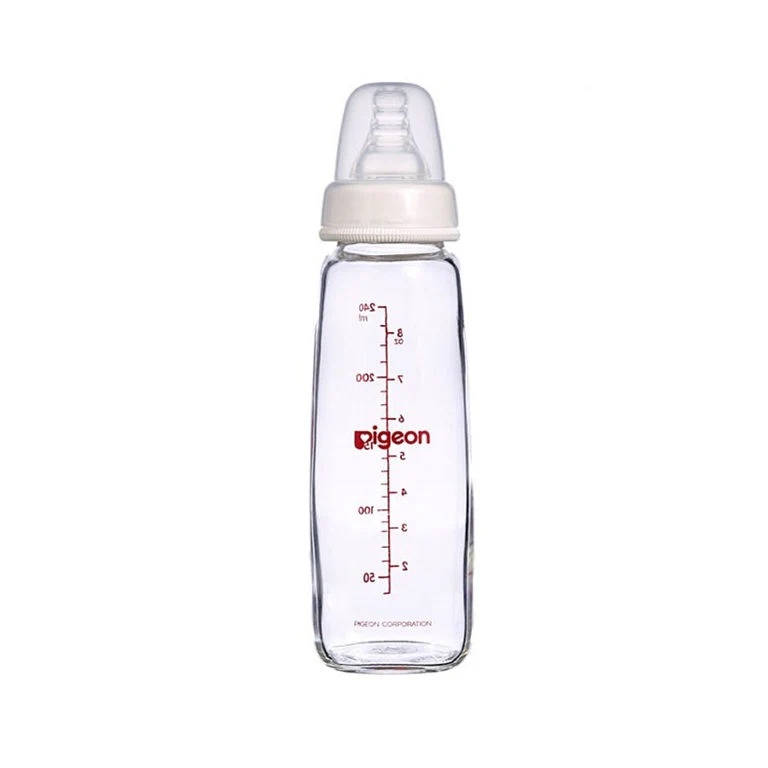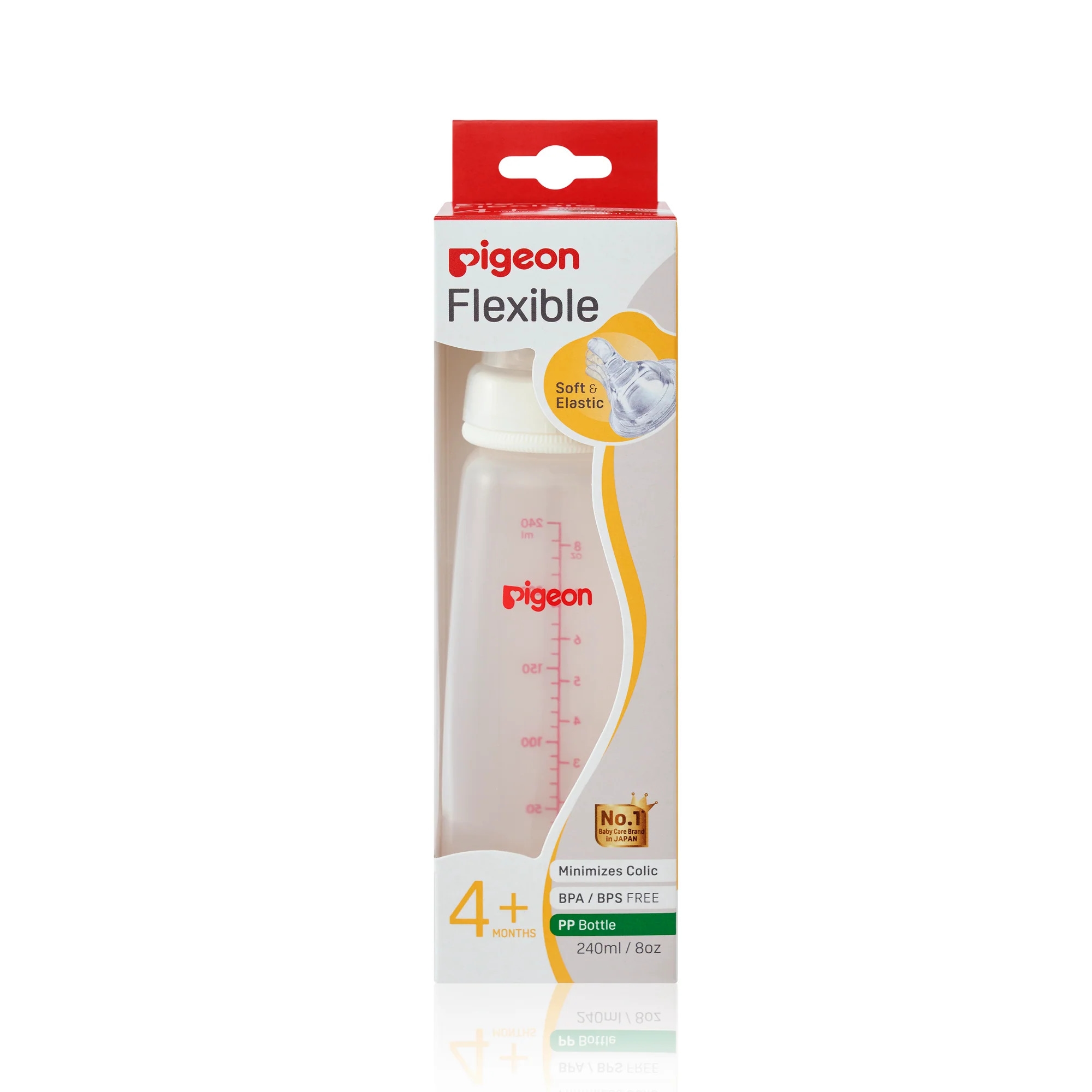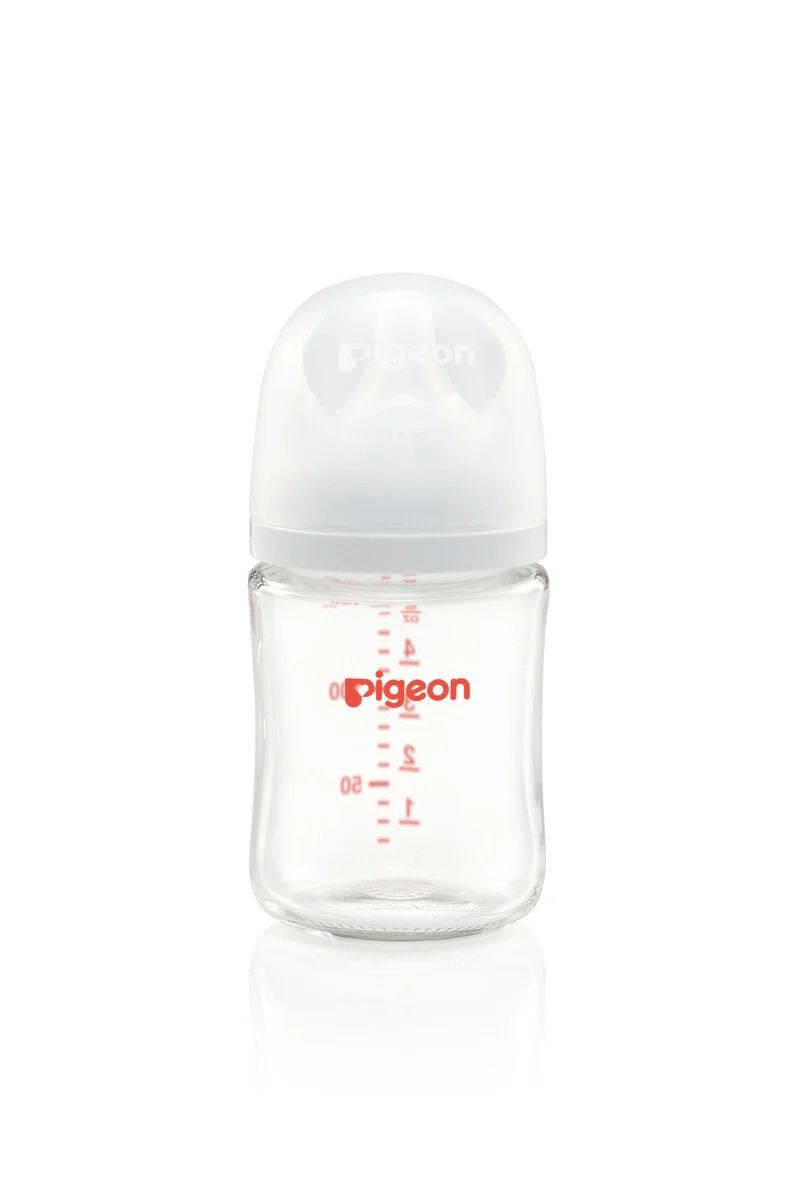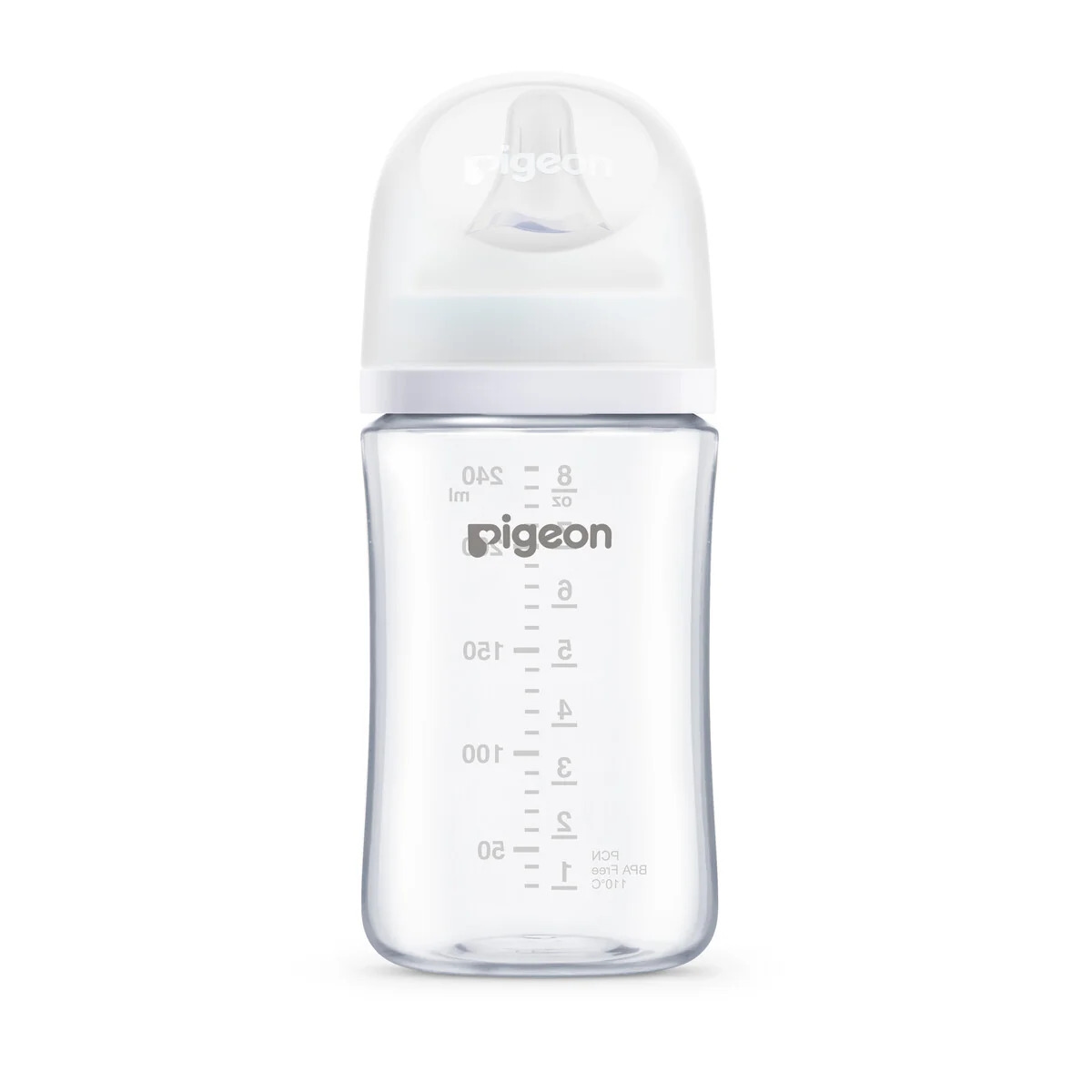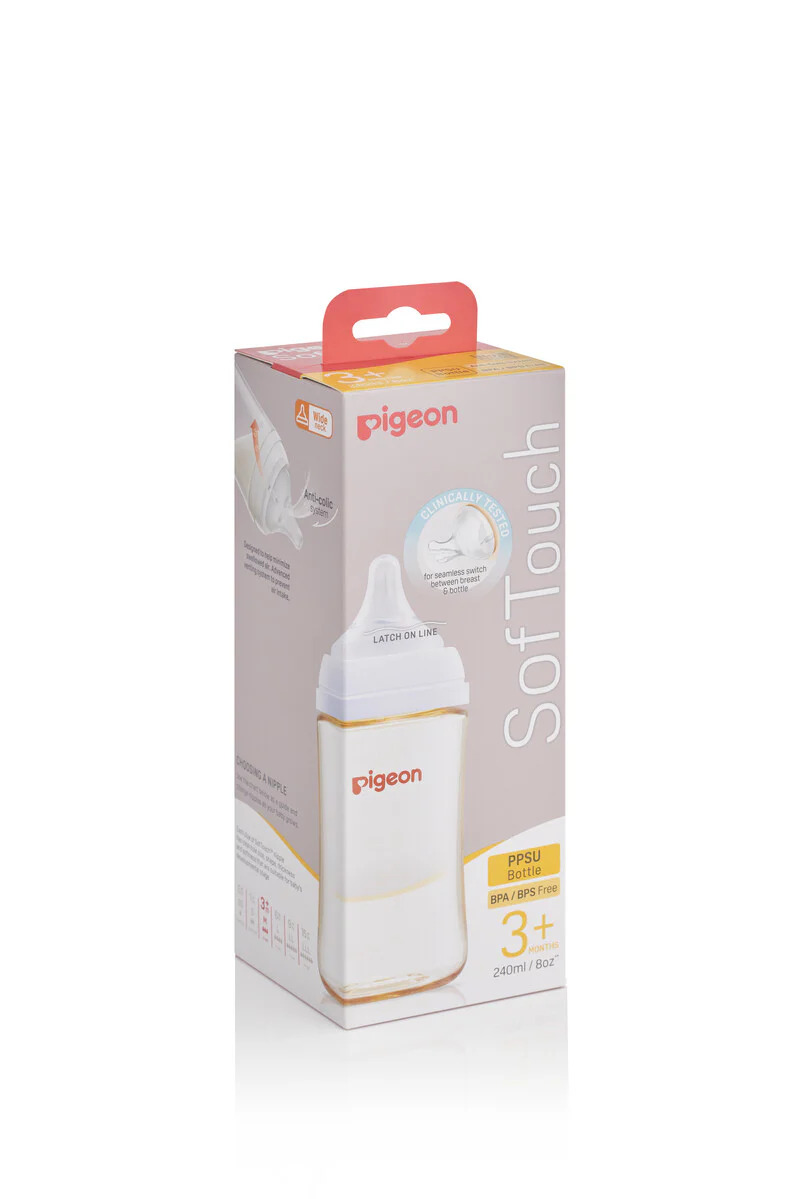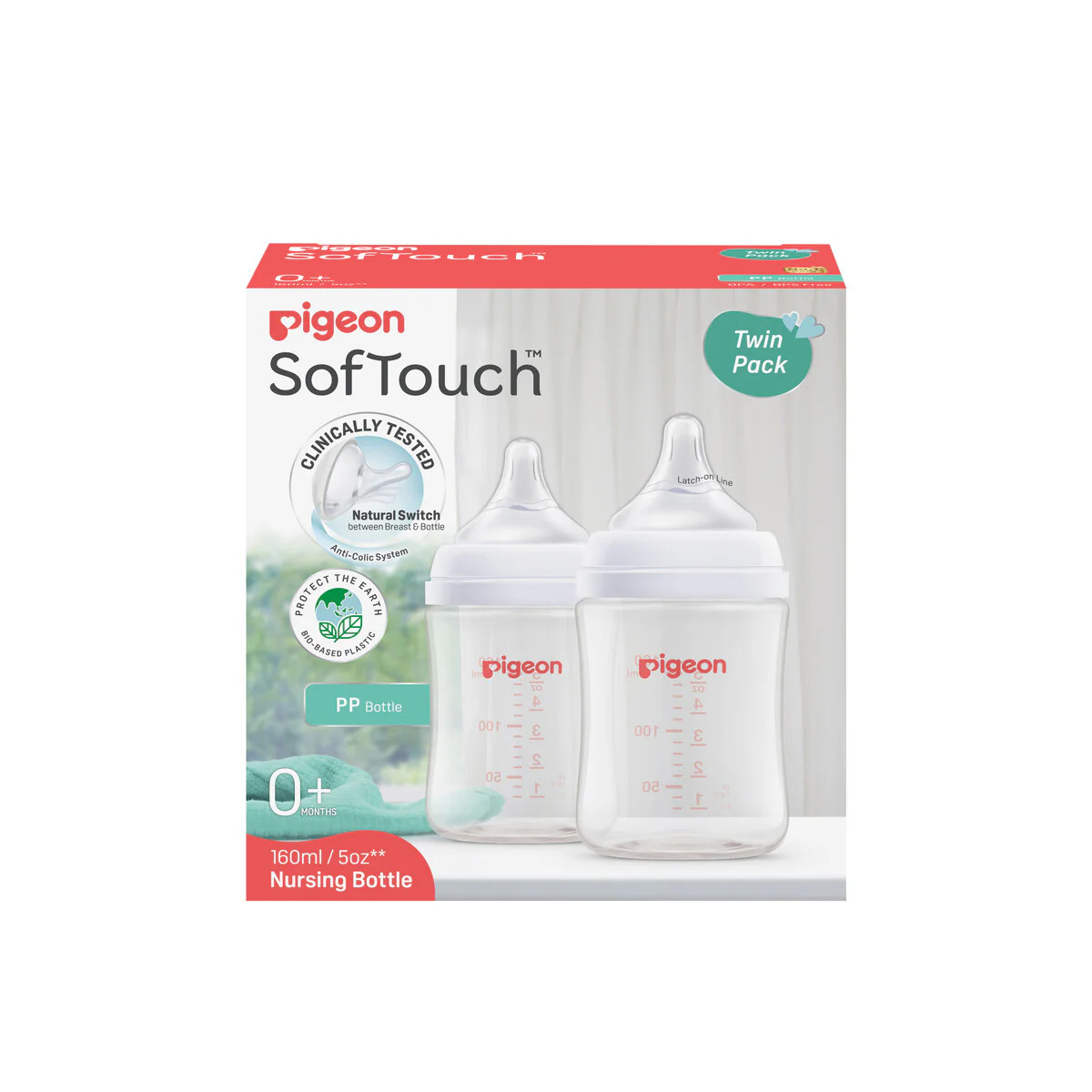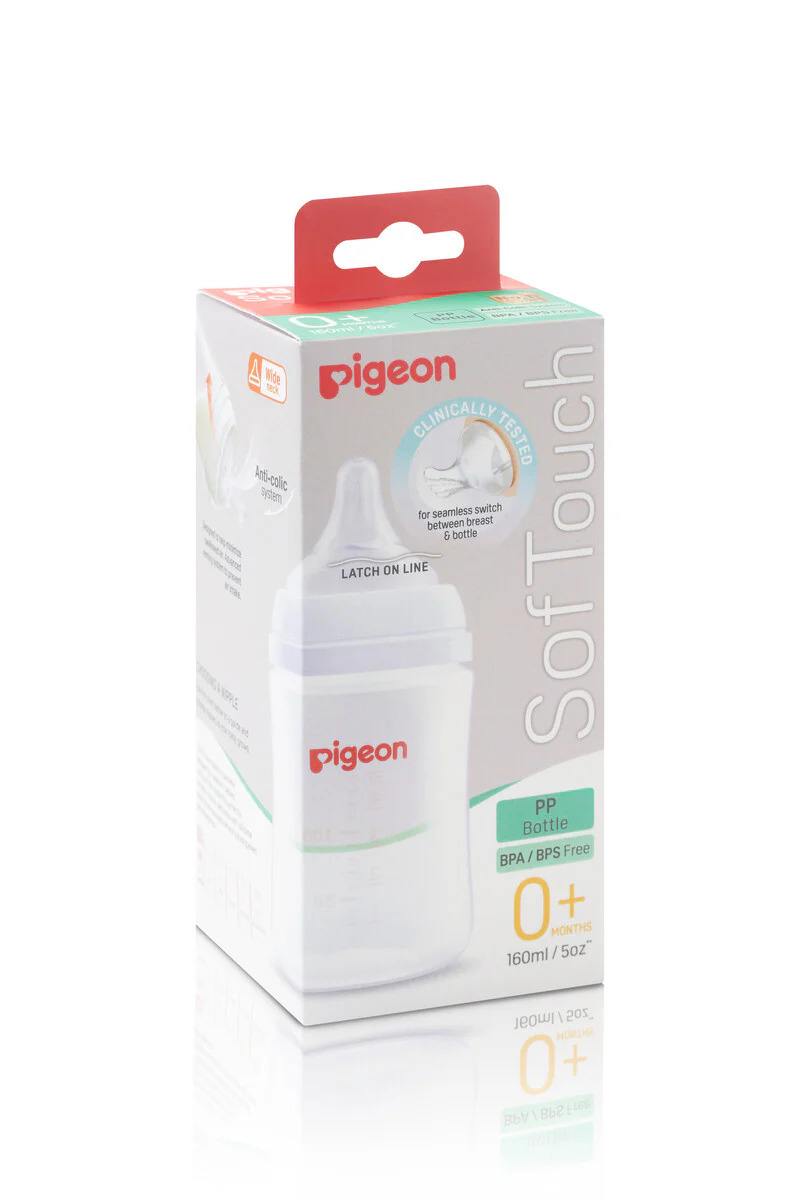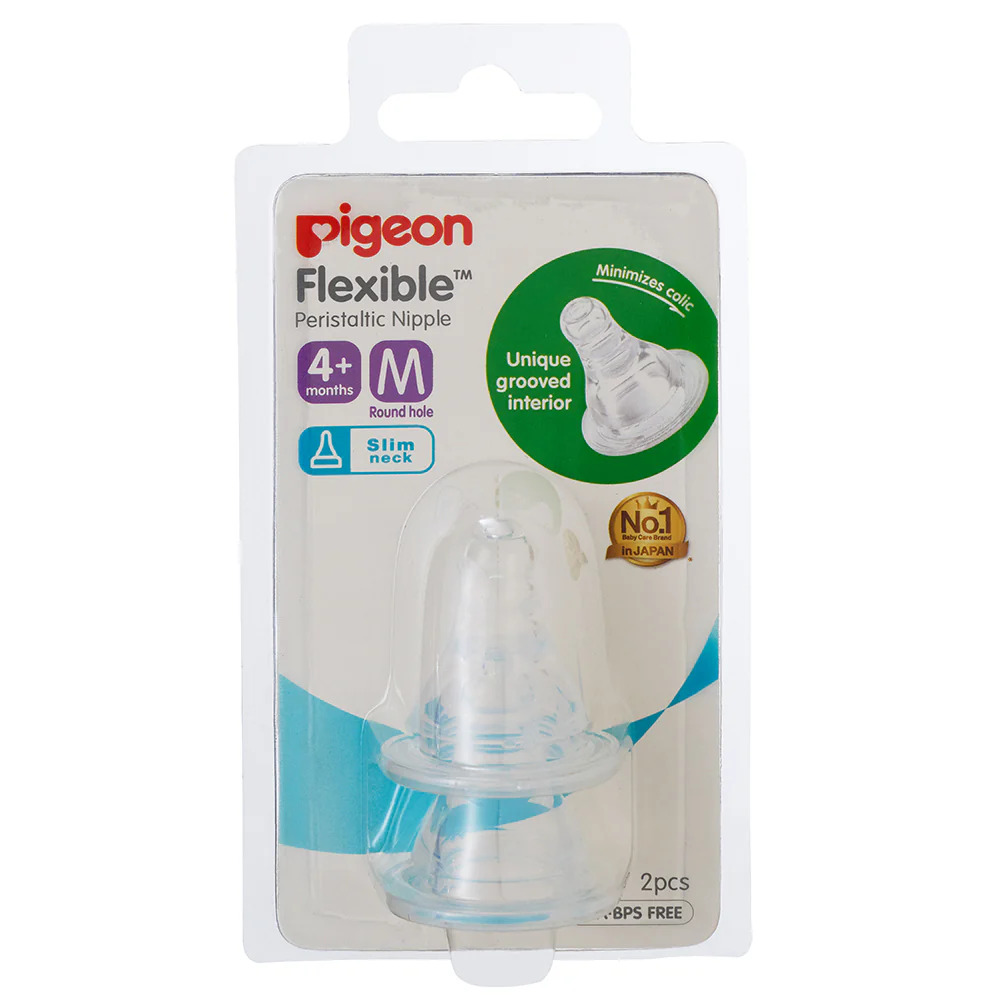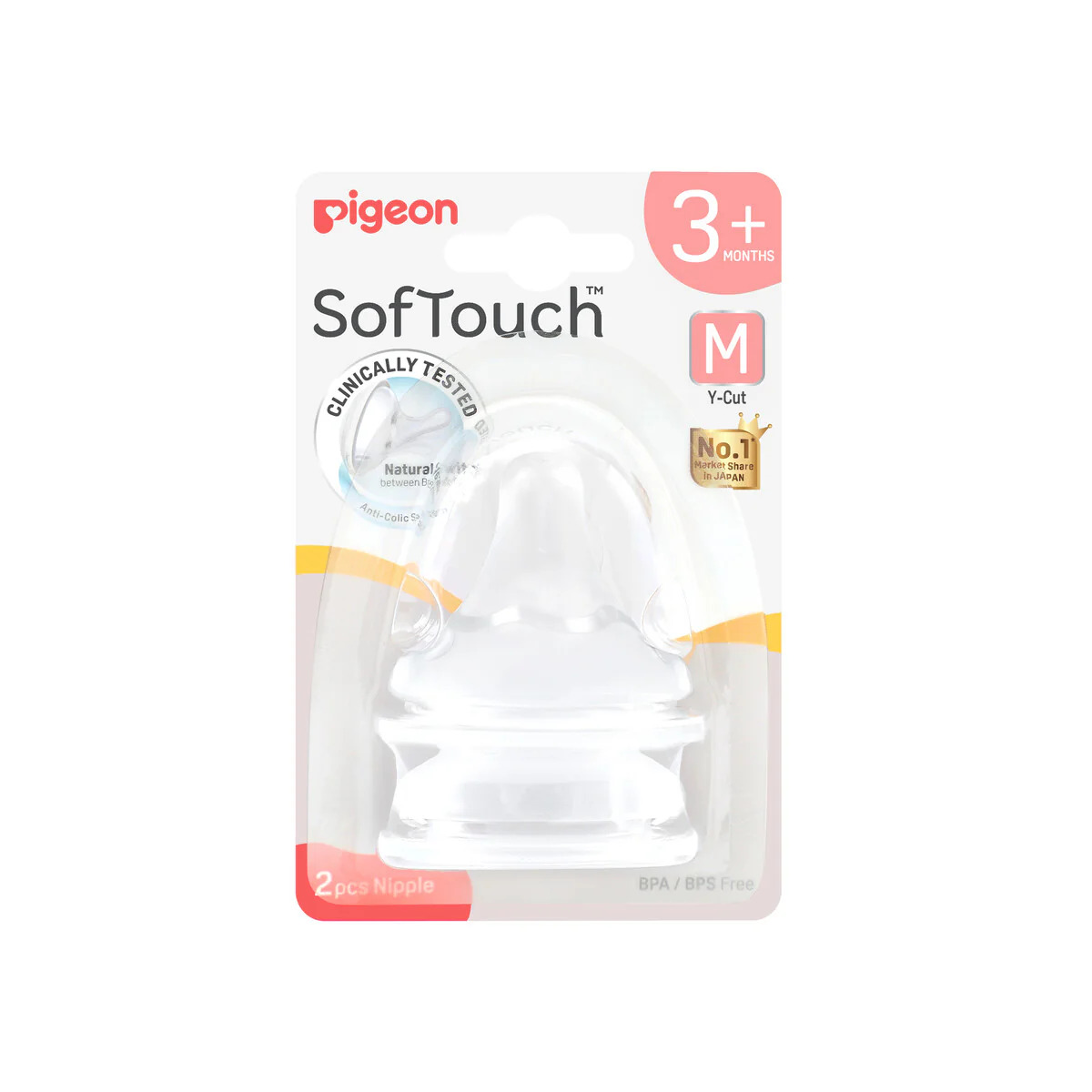Bottle refusal is most likely to occur in babies who have been fed only from the breast past six weeks of age, or those given bottles prior to six weeks but not consistently.
The primitive sucking reflex weakens over time and typically disappears by four months of age. This is why the recommendation to introduce a bottle around four to six weeks of age makes sense. After this point, it becomes less likely a baby will accept a bottle.
If introducing a bottle will be necessary, take advantage of this window of opportunity by offering a bottle of expressed milk every couple of days. It doesn’t need to be a full feed, just an ounce is enough to help develop the skill without replacing a breastfeeding session.
Some babies accept a bottle easily even when it’s introduced later. But for those who resist it, early practice can help avoid difficulties later on.
Tips for Introducing a Bottle
– Try different caregivers.
– Try different milk temperatures: warm, room temp, or cold.
– Try at different times of the day or different hunger levels. First feed of the day often works well.
– Check that the milk hasn’t gone sour or soapy, this may indicate storage or lipase issues. Try fresh milk.
– Test different bottles, nipple shapes, and flow rates. Try to match the breast’s flow (Dr Browns Narrow Neck Bottle).
– Keep practice playful and low stress, don’t force it.
– Experiment with positions: mimic breastfeeding or try something totally different (side lying, upright, bathtub).
– Offer the bottle before your baby is very hungry, just waking from a nap is often ideal.
– Try breastfeeding briefly, then switching to the bottle.
– Touch the bottle to baby’s lips and chin and wait for them to open their mouth.
– Let baby suck for 30–60 seconds before tipping milk into the bottle teat.
– If baby is struggling, tip the bottle back so milk pauses until they’re ready to suck again.
– Leave a shirt that smells like mum near the person offering the bottle.
Paced Bottle Feeding
Paced bottle feeding is a baby-led approach that supports your baby’s natural sucking rhythm and instincts. It mimics breastfeeding to help babies feel calm and reduce the chance of developing a bottle preference.
This approach supports not just milk transfer but also connection, comfort, and communication.
How to Do It:
– Use a narrow-neck, slow-flow teat (newborn or preemie).
– Sit comfortably with your baby upright, snug and supported.
– Brush the bottle teat on baby’s lips or chin to trigger rooting.
– Hold the bottle nearly flat, milk should only fill the tip of the teat.
– Let your baby draw the teat in at their own pace. A deep latch usually means the teat reaches the screw cap.
Follow Your Baby’s Cues:
– Let your baby pause as needed. Tip the bottle back to stop milk flow when they pause.
– Offer when baby is calm, just waking or sleepy works well.
– No need to finish a set amount, when they’re done, they’re done.
Final Tip: Make feeding time warm and connected. Talk softly, cuddle close, and enjoy eye contact.




